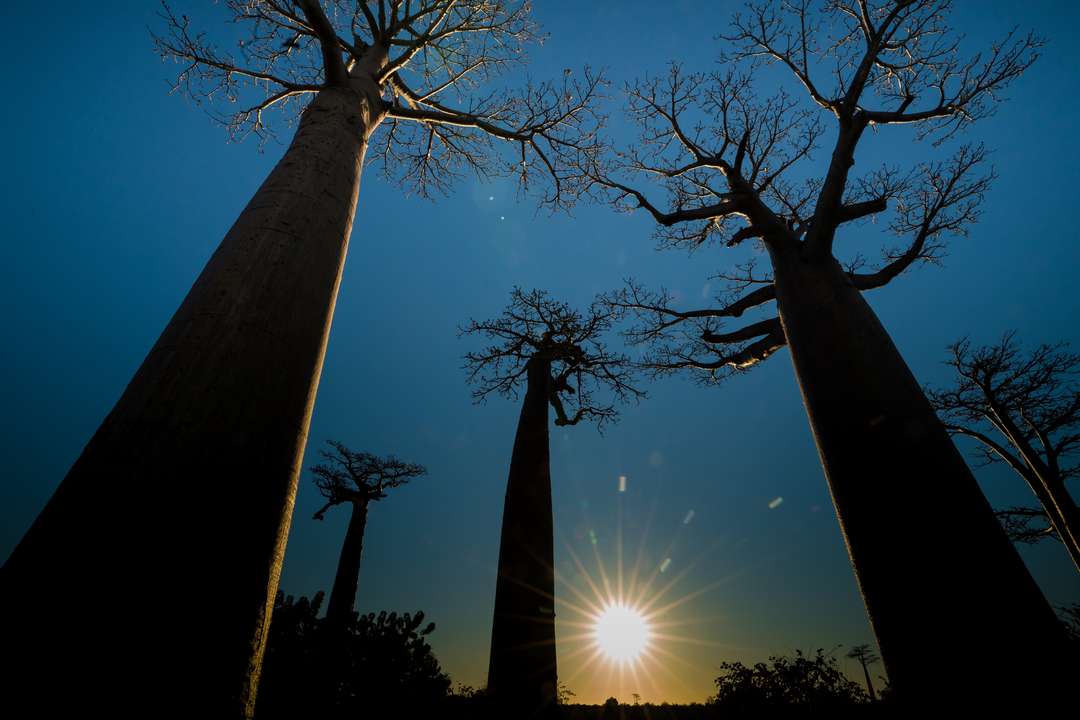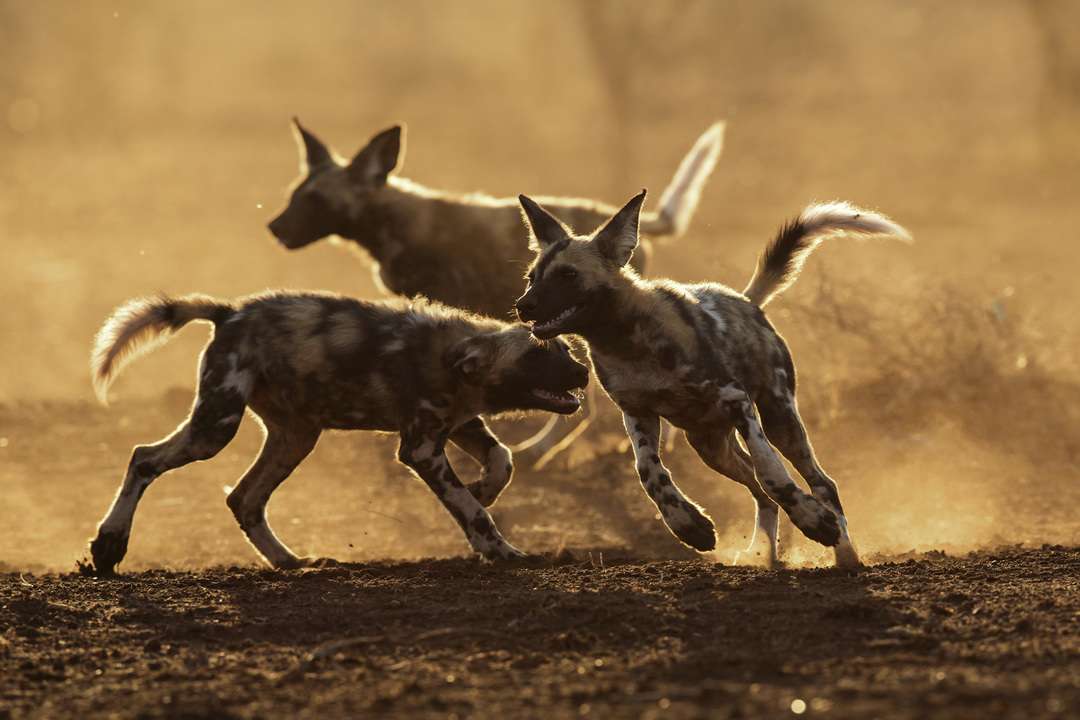The 2019 Wilderness Photographic Competition saw many amazing photos submitted. Besides our well-deserved winner and finalists images, here are a few other highly-commended photographs to enjoy viewing.
If you would like to stay up-to-date with our competition news for 2020, and also enjoy some eye-grabbing imagery, please follow us on our dedicated photography Instagram account here: @wearewilderness.

‘Amazed’ by Danielle Carstens. A chameleon crosses a hot road in Boesmanland, Namibia

‘Wooo who, are you there?’ by Ayesha Cantor. A five-hour wait for this golf ball-sized head to eventually pop out of his nest, seemingly as outraged by my intrusion as I was thrilled to finally catch a glimpse of this tiniest of owlets, the pearl-spotted owlet. An unforgettable sighting and encounter.

‘Landing gear’ by Meghan McCabe. Taken in Kragga Kamma Game Reserve, Port Elizabeth. A fork-tailed drongo comes in to land on a resting nyala.
The most important element of a good photo is the ability of the photograph to communicate with the viewer. It should be able to tell a story through its composition, lighting, and most importantly its subject matter. Africa offers the perfect subject matter, from dynamic wildlife to majestic landscapes. Now it is as simple as waiting for the best timing and perfect lighting … easy, right?

Messum Crater chameleon by Geoff Spiby. A chameleon at sunset in the Messum Crater, Namibia

‘Giant among giants’ by Kerry Manson. Tarangire National Park is full of giant acacias and baobabs, some of the biggest I have ever seen. The elephants, which are usually giants in the region, are dwarfed by them.

‘Dance of baobabs’ by Dirk Bassler. The archetype tree, the baobab has always impressed me. I wanted to photograph them in a way that highlights the silhouette, and is different from a typical sunset shot.

‘Zebra synchrony’ by Steven Witteveen. Zebras are very photogenic, but the moments when they are precisely positioned for a beautiful composition are scarce. As a photographer you are always looking for these moments. These Crawshay’s zebras that live in Zambia can often be seen in the bush and not in open terrain. This morning I was lucky and we followed the zebras for two hours in open terrain. The special thing about this photo for me is that I had already made this photo in my head at home. This allows you to see a beautiful composition faster when you are in the field.

‘I see you’ by Dori Hoffman. A silverback focusing on the humans behind the lenses
There are many different techniques and effects you can try out with photography. Take Dori’s photo above; adjusting focus can help you achieve the bokeh effect. Bokeh is the aesthetic quality of the blur created in the out-of-focus parts of an image produced by a lens. Bokeh has been defined as ‘the way the lens renders out-of-focus points of light’. With technical advancements in digital cameras you can easily achieve this, but if you want to learn more from professionals there is always a course you can take, whether online or with a tutor.

‘Golden hippo’ by Renz Bianca. A hippo in the Kruger National Park’s Biyamiti Weir emerges blowing bubbles in the golden evening light

‘Zazu’ by Eddy Samaniego. I stopped while driving in Etosha National Park when this cute fellow landed on a nearby branch. His curiosity allowed me to set up my tripod for a few shots.
Sometimes wildlife photography is about luck and having a big enough memory card. Continuous shooting mode on a camera is an effective way to capture a moving subject, and allows you to take several photos in a moment with many options. By shooting in continuous mode, with autofocus set, you will be able to follow the action and make sure you don’t miss that perfect moment – you can always clear up your memory card later by deleting the images you don’t want.

‘Hunter being chased’ by Staffan Widstrand. African lion, (Panthera leo), fronts a herd of African or Cape buffalo (Syncerus caffer), Zimanga Private Nature Reserve, KwaZulu-Natal, South Africa

‘Kings in the early morning light’ by Mark Knott. Heading out of a Sabi Sands camp extra early one morning we came across the area’s dominant male lions. The backlighting highlights their majestic profiles.

‘Wild dog pup chase’ by Seyms Brugger. Wild dog pups enjoying the sunset and a bit of a chase for fun

‘Yep. Confirmed. The spikes are sharp’ by Jenny Anderson. There were many mice foraging around the Kgalagadi Transfrontier Park’s Lijersdraai Picnic Site.
Thank you to each of our entrants. We are very pleased to announce that a total of R225 000 was raised from competition entry fees, funds that have been directed to the following beneficiaries: Children in the Wilderness, Namibia’s Desert Lion Conservation Project and our new Gishwati Reforestation Project in Rwanda.
We look forward to running our competition once again in 2020 – stay tuned to our blog and social media pages for more details.

Let’s plan your next journey
Ready?
When we say we’re there every step of the way, we mean it, literally. From planning the perfect circuit, to private inter-camp transfers on Wilderness Air, and easing you through Customs. We’re with you on the ground, at your side, 24-7, from start to finish. Ready to take the road less travelled? Contact our Travel Designers to plan an unforgettable journey.